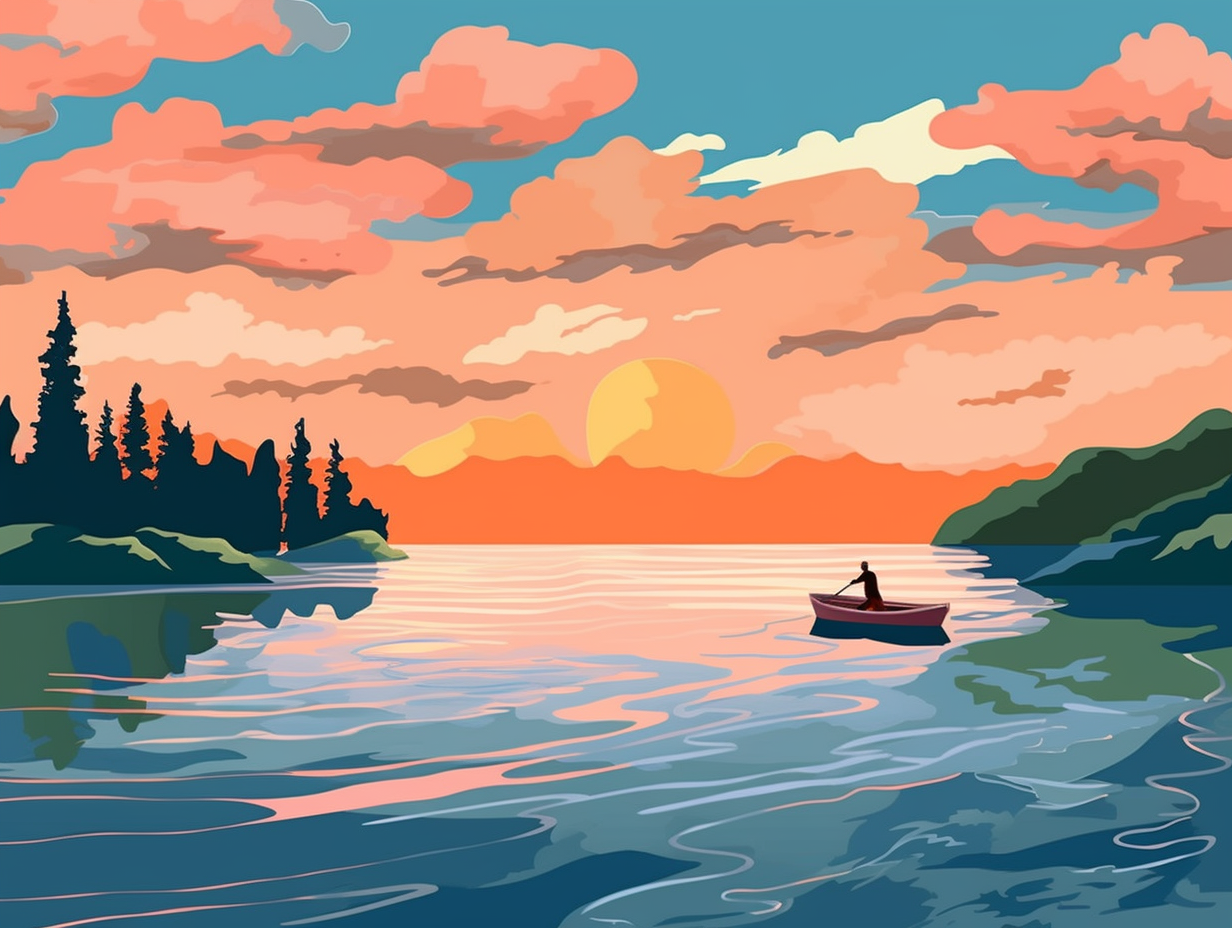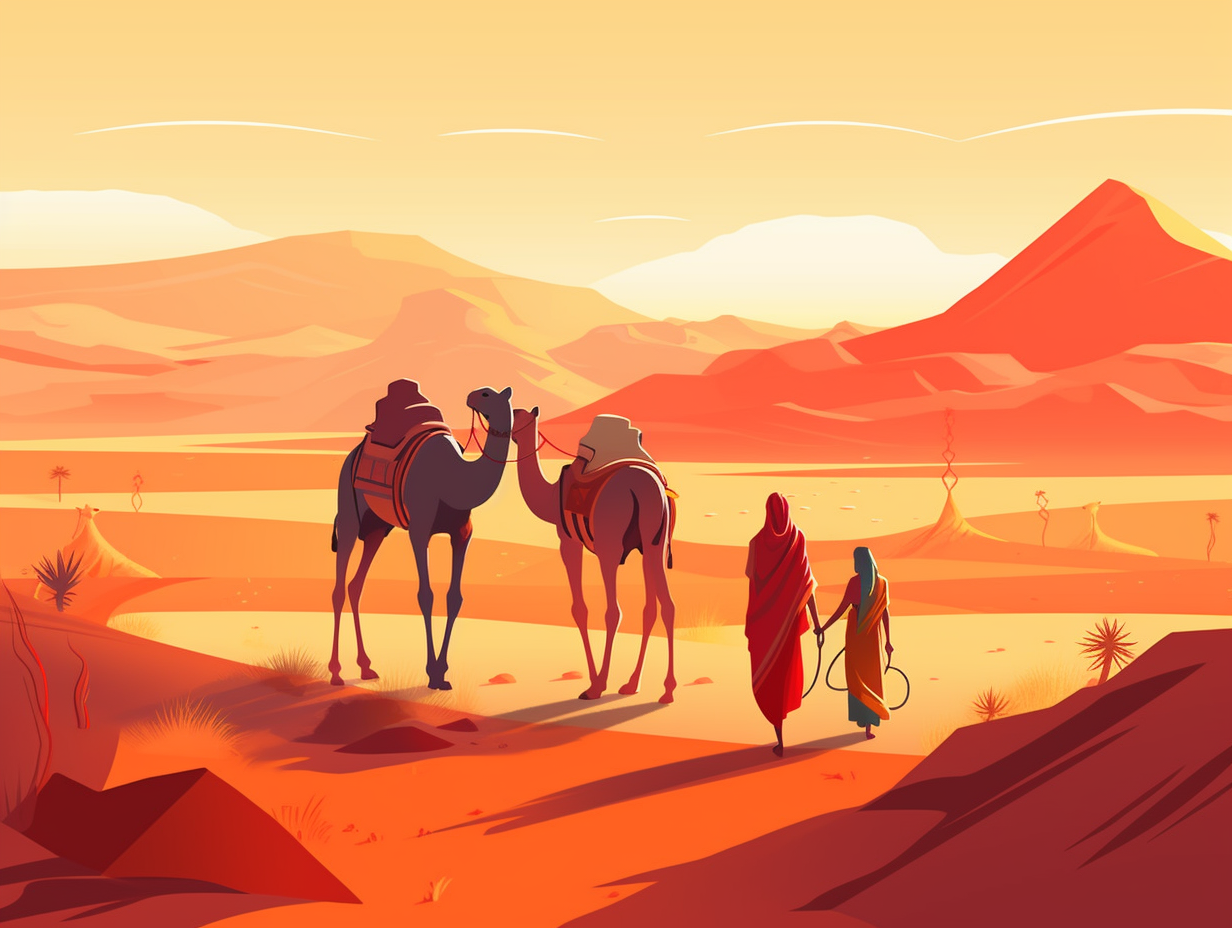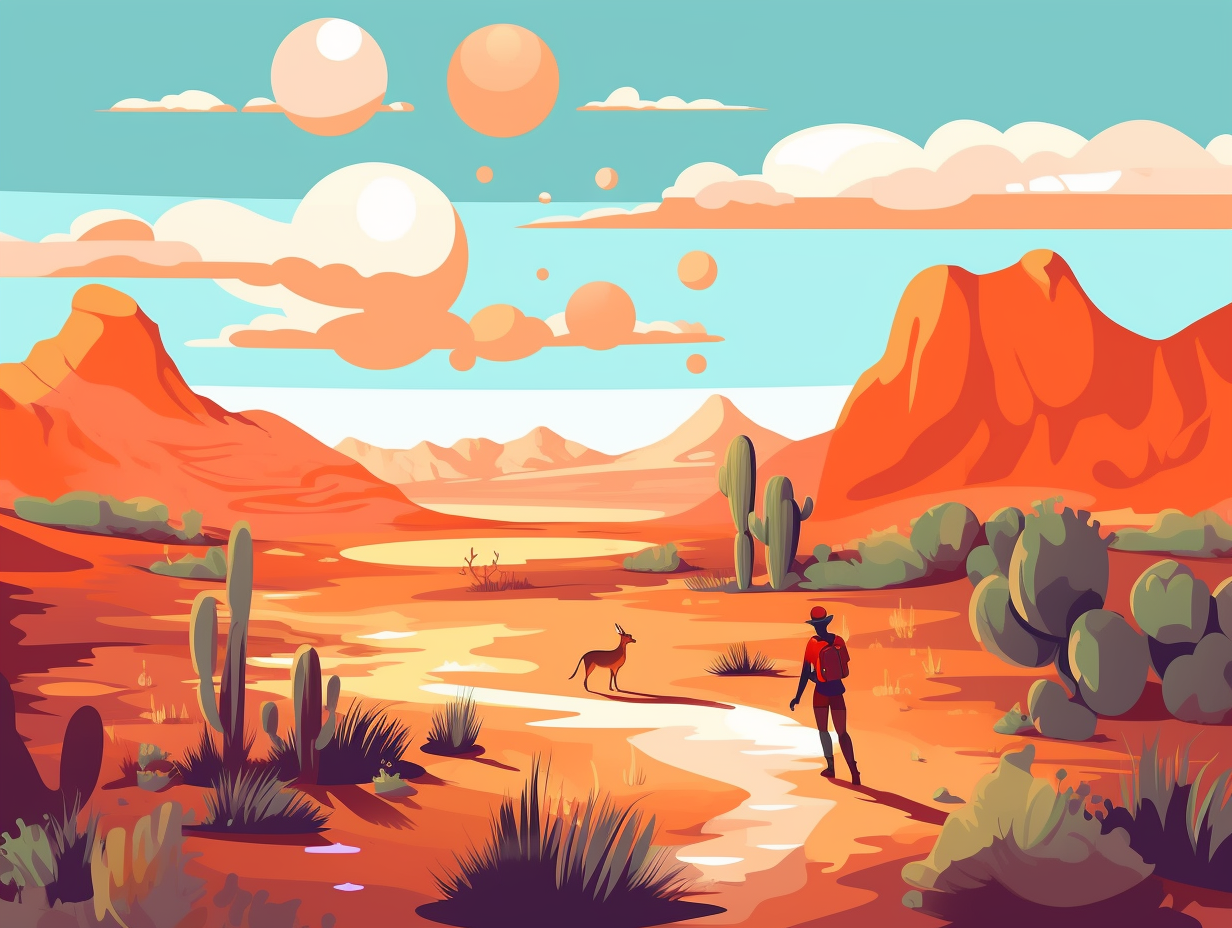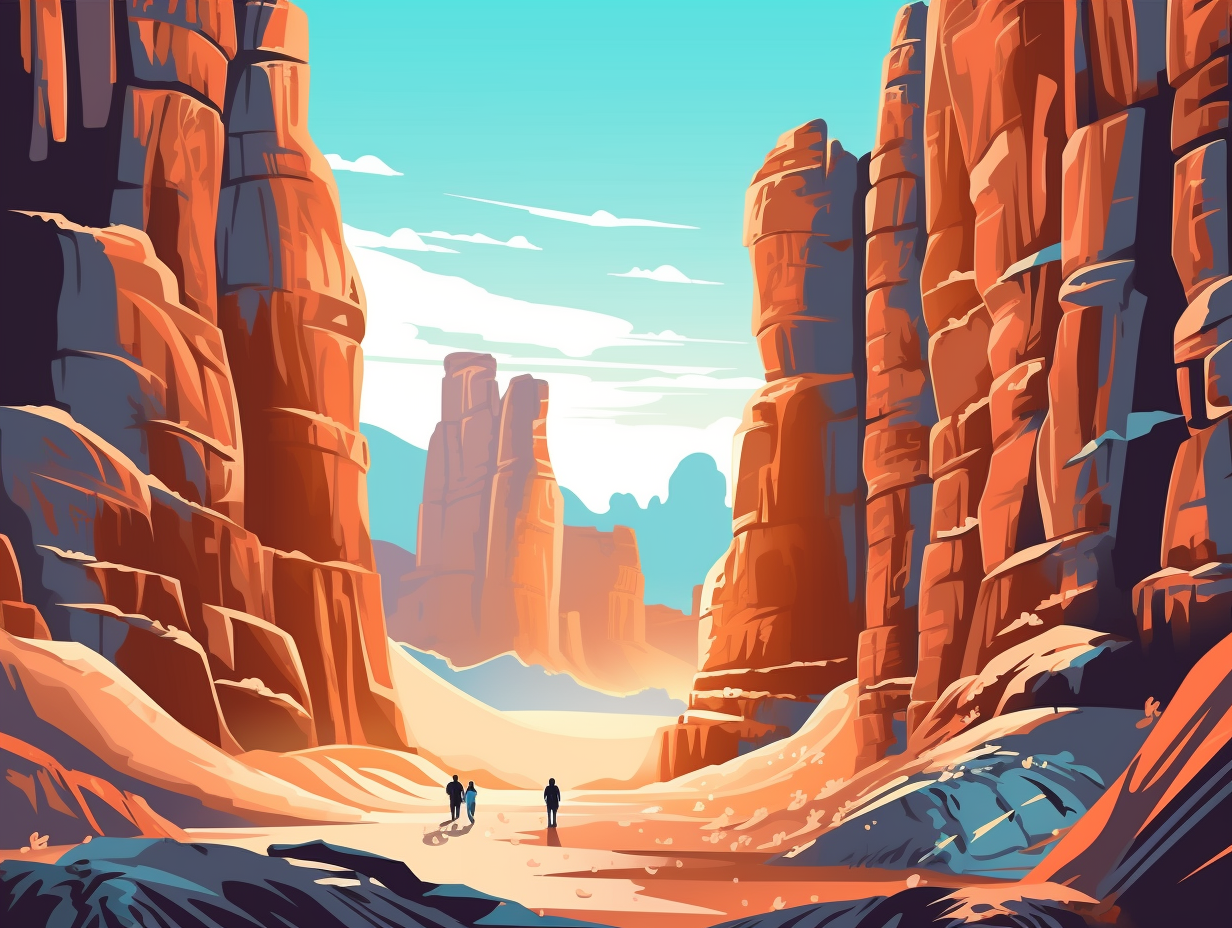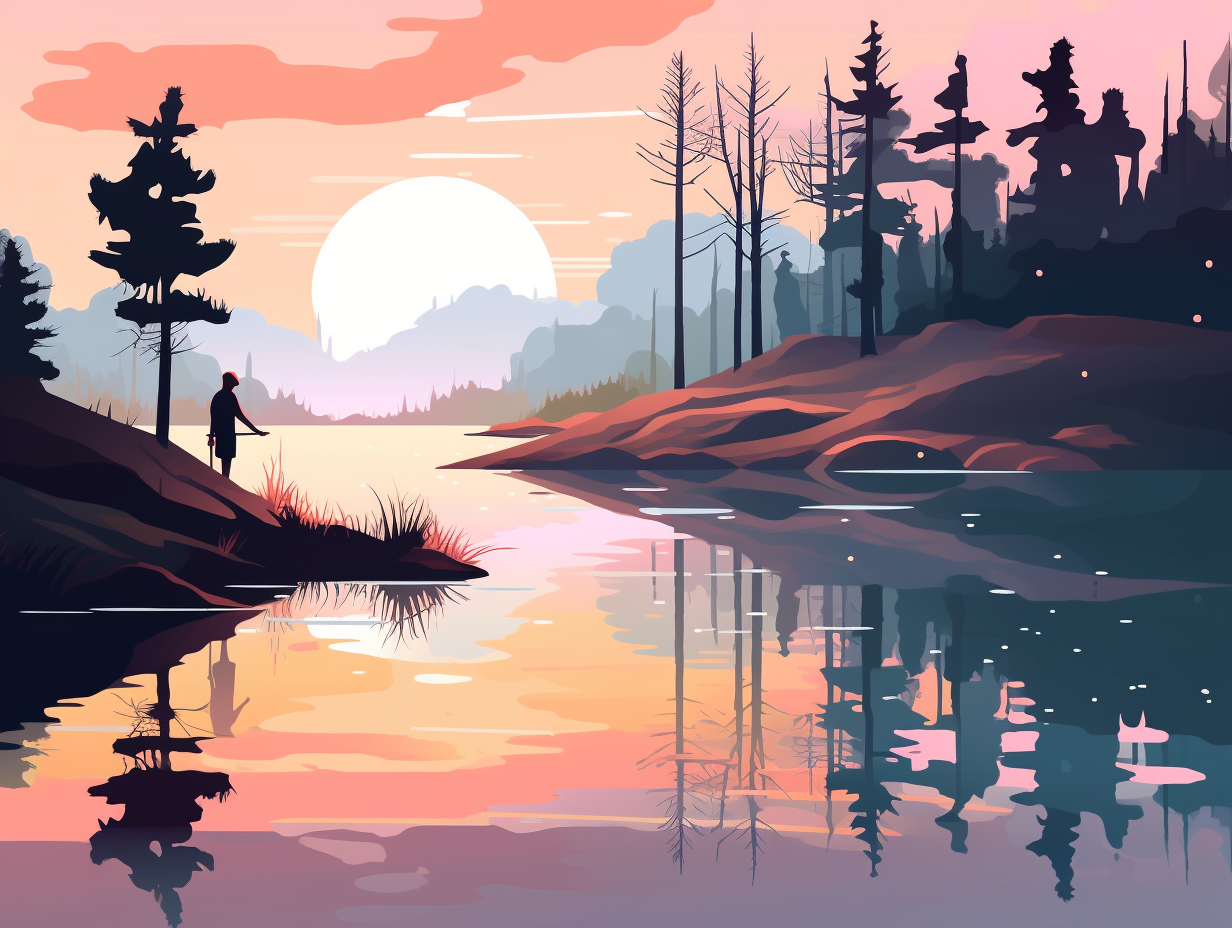Discover the Top 8 Unbelievable Fun Facts About the Gulf of Mexico!

1. Leviathan: The Giant Oarfish
Forget ancient sailors spinning yarns about encountering sea serpents: the Gulf of Mexico is actually home to a real-life leviathan! The rarely seen giant oarfish, reaching up to 17 meters long with an undulating dorsal fin, was caught on camera in its natural habitat for the first time in 2010 during the Serpent project survey alongside oil giants like Shell, BP, and Chevron. Interestingly, this deep-sea dweller, oddly enough, isn't the source of the much-anticipated 56-foot long Gulf serpent legends.
Source => phys.org
2. Underwater Pickle Jar of Crabs
Feeling a little salty? Dive into the Gulf of Mexico's underwater ‘pickle jar’ of crabs: Deep in the Gulf, brine pools create submerged lakes and rivers, trapping unsuspecting sea creatures in their dense, toxic, oxygen-depleted waters, turning them into the aquatic equivalent of preserved pickles.
Source => latimes.com
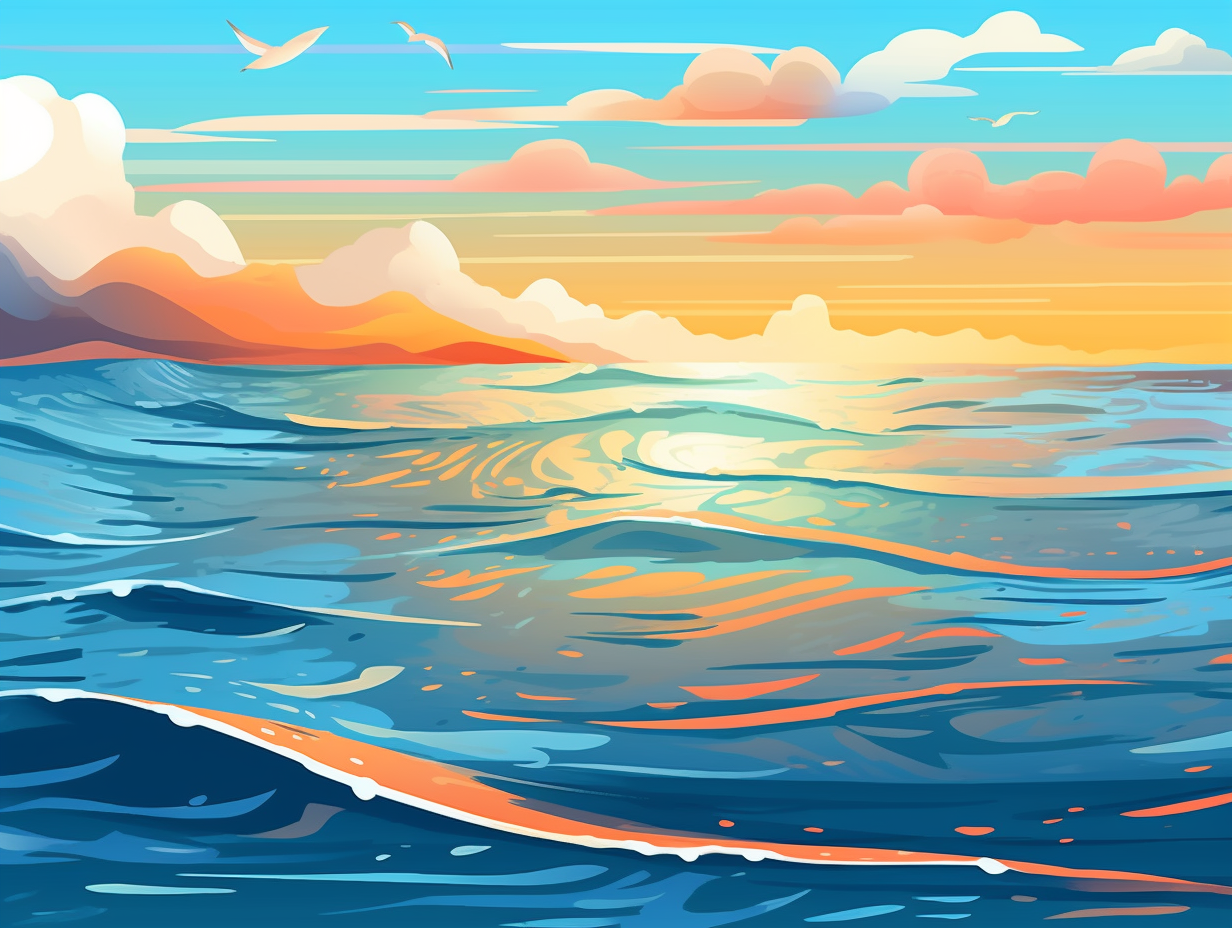
Did you know there's a mysterious oceanic oddity called the "Sargasso Sea"? Discover its secrets and unique sunbathing residents! 🌊🐠🐢
=> Fun Facts about The-Atlantic-Ocean
3. Swirling Pollution Pot Threatens Fisheries
Are you tired of the same old "Gulf and Guff" fish tale, where red snapper and shrimp play hide and seek in murky waters while hurricanes threaten the party?: Well, the Gulf of Mexico has become a swirling pot of pollution and algal blooms, causing a serious threat to its thriving fisheries and ecosystem. Fear not, though! Efforts are being made to restore this once-great aquatic playground to its former glory.
Source => fisheries.noaa.gov
4. Seafloor Fairy Tale: Seagrass Meadows
Grass is always greener on the seafloor: The Gulf of Mexico's seagrass meadows not only win the underwater lawncare contest by staying put for hundreds to thousands of years, but they also play cruise director for thousands of species, making them the life of the (underwater) party! The serious reveal: These meadows star in essential roles such as slowing wave energy, improving water clarity, storing carbon, stabilizing the seafloor, and serving as nursery habitats for a whopping 70% of fish caught and eaten in Florida—manatees and green sea turtles even consider them the surf 'n' turf special. Sadly, like many good things, they're under threat due to coastal development, pollution, and climate change.
Source => floridamuseum.ufl.edu

5. Poseidon's Roller Coaster: The Loop Current
Picture this: Poseidon's personal roller coaster, with twists and turns galore for the adventurous marine life, right in the heart of the Gulf of Mexico: Enter the iconic Loop Current, a warm ocean current that flows from the Caribbean Sea into the Gulf and later joins the Atlantic Ocean family. This aquatic whirlwind plays matchmaker for the bluefin tuna larvae, with NOAA/AOML using satellite data to map out their romantic hotspots.
Source => aoml.noaa.gov
6. Prehistoric Rock Star: Chicxulub Crater
Before the dinosaurs met their asteroid-based demise, they had quite the "rock star" experience in the Gulf of Mexico: the Chicxulub crater in the Gulf is actually the buried remains of the asteroid impact that led to their extinction 66 million years ago, with scientists recently drilling into the underground structure and uncovering original granite bedrock from 670 meters beneath the sea floor.
Source => science.org
7. Culinary Poseidon: The Gulf's Seafood Bounty
Ahoy, seafood lovers! Batten down the hatches and have your oyster forks at the ready, for the Gulf of Mexico is the veritable Poseidon of the culinary seas: The Gulf supplies a staggering 72% of US-harvested shrimp, 66% of harvested oysters, and 16% of commercial fish. Yet, it faces its own Kraken – nutrient overloading and algal blooms that can cause eutrophication and hypoxic waters, leading to massive fish kills and threatening those scrumptious bounties. So let us raise our tridents and fight for better water quality, lest our seafood platters run dry!
Source => serc.carleton.edu
8. Mute Circle of Life: Gulf's Dead Zone
In the Gulf of Mexico, the "circle of life" just might play on mute sometimes: This basin houses one of Earth's largest dead zones, suffocating nearly 6,000-7,000 square miles of aquatic habitat annually due to nutrient pollution from sources such as agriculture and industry.
Source => en.wikipedia.org
Related Fun Facts



